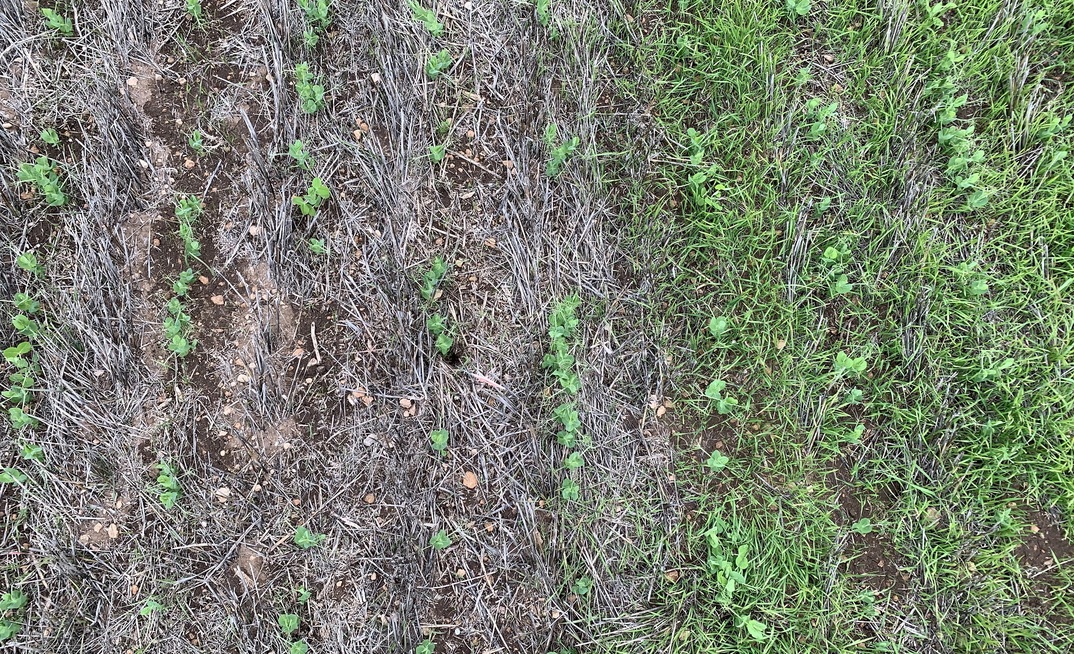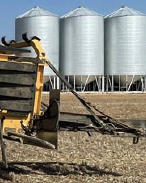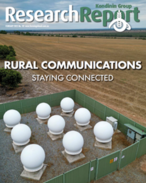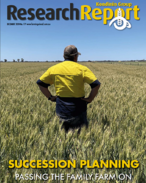PULSES play an important role in many broadacre crop rotation strategies while also providing a valuable feed source.
World Pulse Day has been celebrated this week, recognising the importance of pulse crops like chick peas, lentils and lupins.
Like any other crop, weed control is important in pulses and the pre-emergent herbicide Ultro contains a new herbicide mode of action (Group 23) which is being targeted for use in pulse crops including faba beans, lentils, field peas, chickpeas, lupins, vetch and broad beans across Australia.
Andrè Sabeeney, market development manager with ADAMA Australia in South Australia, said Ultro had been used especially in high value lentil crops, which also generally provided reduced competition against weeds, as well as in some faba bean and field pea crops.
YOU MIGHT ALSO LIKE
He said he considered it the ideal pre-emergent herbicide for use in pulse crops.
"What's been impressive is that Ultro has delivered some of the most consistent results in control despite the extremes we have experienced in seasons over the last couple of years," Sabeeney said.
"Ultro controls most annual grass weeds, it's not broken down by sunlight, it moves off stubble well and it offers good length of control provided the appropriate rate is applied according to soil type, with higher rates used on heavier paddocks."
Bevan Addison, market development manager with ADAMA Australia in Western Australia, said after recognising the benefits of Ultro for grass control in their pulse crops and for their broader cropping system, growers were now driving its use and rate of application, with higher rates tending to be used on heavier soil types.
"As part of the full system, Ultro is showing it is better than anything else and it results in reduced panicles and seedset. It achieves earlier control of weeds – many simply don't come out of the ground – and this also reduces root disease build-up for following seasons," Addison said.
He said Ultro-treated grass weeds can also remain greener for longer and in particularly high weed pressure paddocks requiring crop-topping. This allows these applications to be delayed, reducing the risk of crop damage from the operation and concern over grain maximum residue limits.
Sabeeney said to aid herbicide resistance management, ADAMA Australia recommended limiting the use of Ultro to once every four years.
He said in tight cropping rotations, careful consideration would need to be given to herbicide choice, however in more common rotations featuring pulses, canola and cereals, an application every four years would be easy to achieve and would allow rotation of all herbicide options in the different phases.
For further information on the use of Ultro herbicide in pulse crops, growers can contact their local ADAMA Australia representative or visit www.ADAMA.com.























